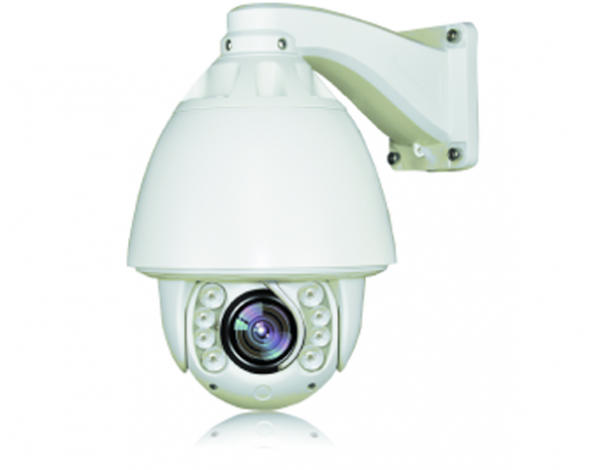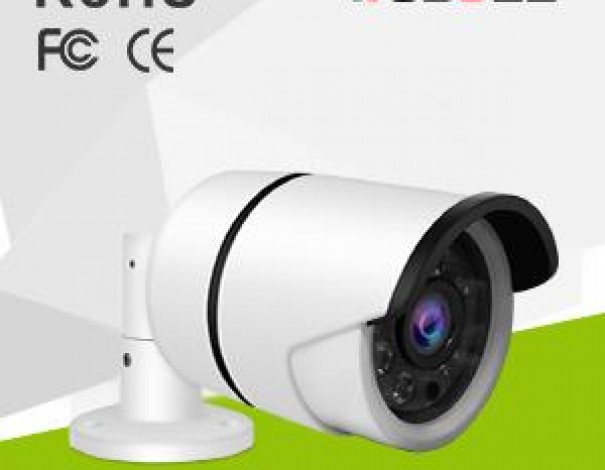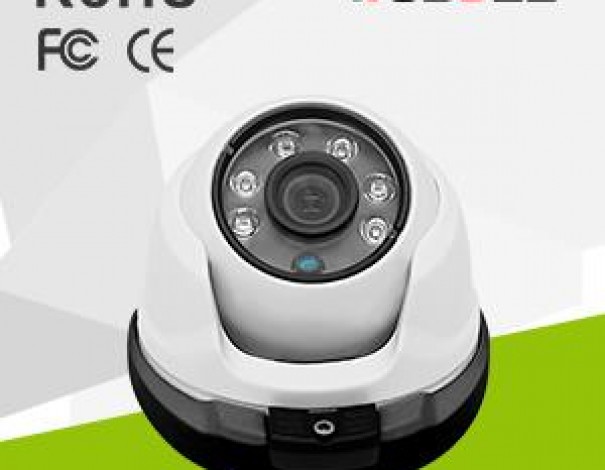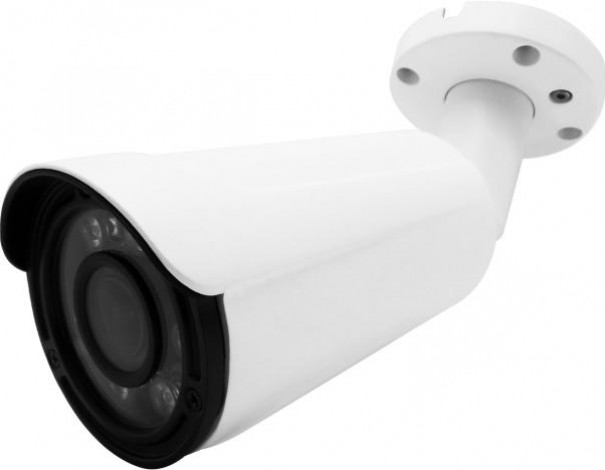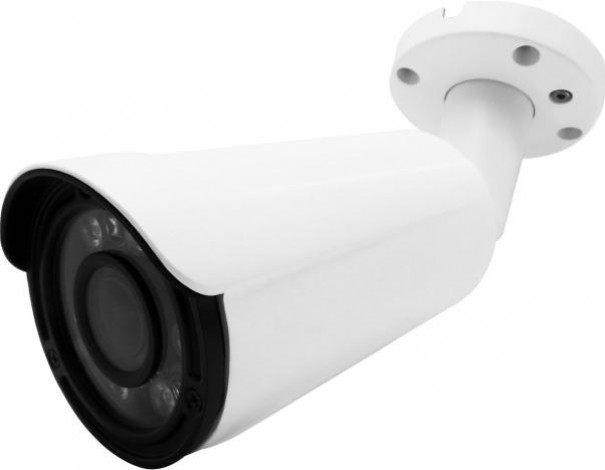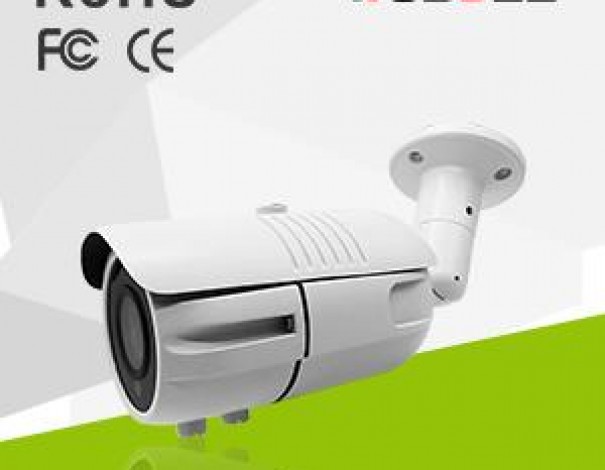Introduction to Facial Recognition of Surveillance System
With emerging markets and global advancements, the facial recognition market is predicted to expand. It’s estimated to reach $6.5 Billion by the end of 2018. With 2D, 3D, thermal, emotion, forensic and mobile facial recognition (similar to the technology deployed in the iPhone X), popularity has increased in the corporate world.
Let’s delve deeper to understand the Facial Recognition of Surveillance System , how it works and how to use it to best effect.
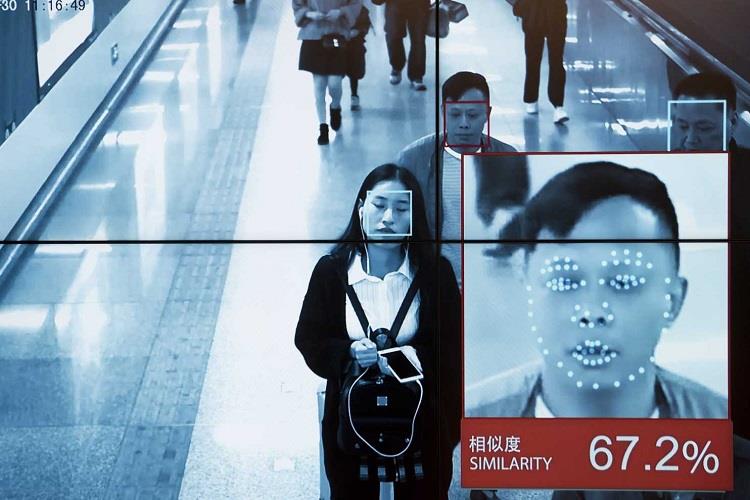
1.What is facial recognition?
Facial recognition is a process whereby a CCTV camera and some server software are able to identify a person from a live moving image. The system identifies the face of a person whether they are static or moving. This is different to the type of 2D still facial image matching used at airports for Border Control. These systems use a static digital image captured from the chip embedded into the passport and match it against the person standing at the gate.
2.How it works?
Facial recognition systems start by looking for peoples faces when observing a moving scene or image. Once the system finds an image, it will adjust the image by resizing or reorientating the image to clearly view a face. The system will then observe the physical layout of the face, such as the shape of the face, location of the eyes, nose and mouth. It will use this layout information to build a template for that face, sometimes also referred to as a faceprint. Once the template has been created, the system will then compare it to the templates that have been enrolled into the system to attempt to identify a person. If the system identifies an enrolled person, it will positively identify them and pass this data to an operator terminal or screen. It may also pass a unique identification number to another system, such as the access control system, instead of a card number. If the system cannot identify the person against those enrolled in the database, it will log that it detected a person in the scene, but could not positively identify them.
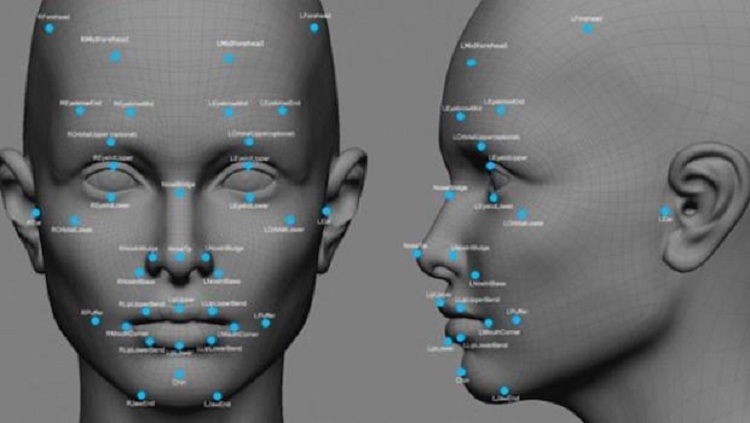
3.Popular difference
Unlike CCTV which records images whenever someone passes in the field of view of a camera, facial recognition requires a database of people enrolled before it can start recognising people. Unregistered people will appear as unknown. Data such as counting the total number of people, or the amount of time people takes to move from one point to another can be recorded anonymously.
4.Advantages
a. Discrete
Facial recognition systems use cameras that are very similar to CCTV cameras, therefore people are less aware of their presence. We are very used to seeing cameras in our daily lives and cannot easily tell what the camera is being used for.
b. Flexibility
It’s easier to move a camera, or alter the field of view of a camera and the area it is monitoring. Most cameras use a single data cable for both power and data.
In comparison, moving an access control installation would require more extensive engineering work, such as moving controller equipment and recabling readers.
The organisation could also choose to deploy additional temporary cameras for a specific event, incident or investigation.
c. No physical credentials to issue
With most access control systems, you need to issue a physical credential such as a card. The process of getting the card programmed, printed and issued is complex. Card issuance involves a number of people and departments to get it into the hands of the authorised person. In comparison, a simple process of capturing their facial data the first time they visit site is both faster and less costly to the organisation.
5.Beyond security
Facial recognition is being used for more than just security, it’s also used for hospitality. Imagine a casino environment where high-rollers can be greeted by name.
The casino’s VIP Concierge team can make them feel appreciated and welcomed. Football match safety can be enhanced where the behaviour of known hooligans can be monitored. Systems can monitor if they sitting still, standing or moving around. Security staff and police can react when necessary, resulting in less confrontation, when compared to blocking entry at the turnstiles.
Good news! Wodsee launched new face recognition & analysis surveillance system. It supports to add black list & white list for taking different actions. This system is the best surveillance product to install on the main entrance to keep your safety. More importantly, the price is the most competitive one of the whole market.

Related Industry Knowledge
- To Save Cost Of Monitoring Project, What Kinds Of Power Supply Mode Does The Camera Have?
- Introduction Of WODSEE New & Hot Battery PIR WiFi Camera
- Application Of Face Recognition Technology In Smart Policing
- What Is XVI ?
- Smart Analysis H.265+ IP Network Camera
- What’s CVI, TVI, XVI ?
- How To Choose Security Monitoring Power Supply Scheme
- Wodsee Holiday For China National Day
- WODSEE Wish You And Your Family A Happy Mid-Autumn Festival !
- Some Commonly Used Time Servers NTP




